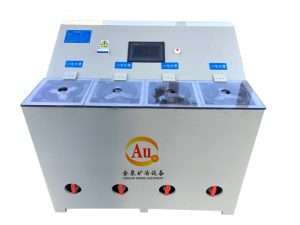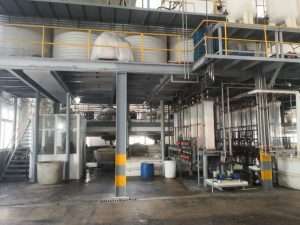Call us now:
In the process of catalyst preparation, in order to ensure its activity, selectivity, toxicity resistance, certain strength and service life and other indicators, some precious metals are often added as its active components. Although the morphology, structure and quantity of certain components of catalysts will change during use, spent catalysts still contain a considerable amount of noble metals.
Zhengzhou Jinquan Waste Catalyst Recycling Rhodium Refining Process Specific Operation Instructions:
Put the rhodium compound into the *L reactor, add aqua regia to dissolve it, filter it with a precision filter after the reaction is complete, pump the rhodium solution into the *L reactor and add alkali to carry out the hydrolysis reaction, and filter it with a precision filter after the rhodium hydrolysis is complete. Put the hydrolyzed slag into *L reaction kettle and add acid to dissolve it. The filtered rhodium chloride acid solution is hoisted into *L pot for concentration, and then enters the centrifugal extractor to extract rhodium. After the rhodium stripping solution is reduced, rhodium powder is obtained and sent to Hydrogen rhodium reduction room. The wastewater after rhodium extraction is adsorbed by resin and then pumped into the storage tank for sedimentation. It is regularly sent to the iron removal room for wastewater replacement.
The high-concentration nitrogen oxides produced during the dissolution process of aqua regia pass through the condenser and then enter the spray tower for purification and absorption. The exhaust gas and filtered exhaust gas above the reactor are collected by the wind hood and then enter the spray tower for treatment. The alkaline waste gas produced by rhodium hydrolysis and filtration, and the exhaust gas from the extraction hood are purified and absorbed in the alkaline waste gas treatment spray tower, and finally discharged up to the standard.

